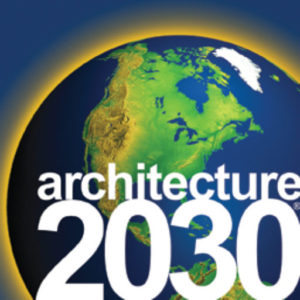DESIGN & PLANNING
A zero carbon built environment begins with design and planning. Architecture 2030 is dedicated to empowering this sector to achieve zero carbon design. Architecture 2030 has developed education programs, initiatives, and resources that provide the tools needed to meet these goals, from a free online database of low-cost sustainable design strategies to a 10 course online education series for continuing education credits.
The CARE (Carbon Avoided: Retrofit Estimator) Tool is used for calculating the embodied, operating, and avoided carbon impacts and benefits of reusing and upgrading existing buildings, compared to replacing them with new construction.
The building sector is the single largest consumer of energy and producer of greenhouse gas emissions. This 10-course series, available on AIAU, will inspire architects to meet the 2030 Challenge and achieve zero carbon operations for new construction today through design strategies, efficient technologies and systems, and applying renewable energy resources.
The 2030 Palette is a free online resource for the design of zero carbon, adaptable, and resilient built environments worldwide. The database contains sustainable strategies for all scales of design, from building scale to regional scale.
The Carbon Smart Materials Palette is an immediately applicable high-impact pathway to embodied carbon reductions, providing attribute-based guidelines for designing low/no embodied carbon buildings and specifying low/no embodied carbon products.
A national and international zero carbon building standard that applies to commercial, institutional, and mid- to high-rise residential buildings. Designers can use the Zero Code as a guide to design zero carbon buildings.
Architecture 2030 developed the Zero Tool for building sector professionals, 2030 Challenge and 2030 Commitment adopters, 2030 District Network Members, and policymakers. The Zero Tool is used to compare a building’s design or an existing building’s energy use intensity (EUI) with similar building types, understand how a building achieved its EUI (via energy efficiency, on-site renewable energy, and/or green power purchases), and set EUI targets.







